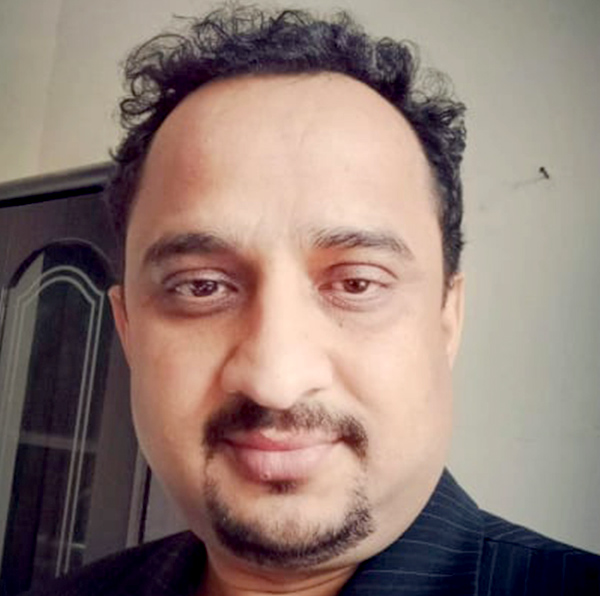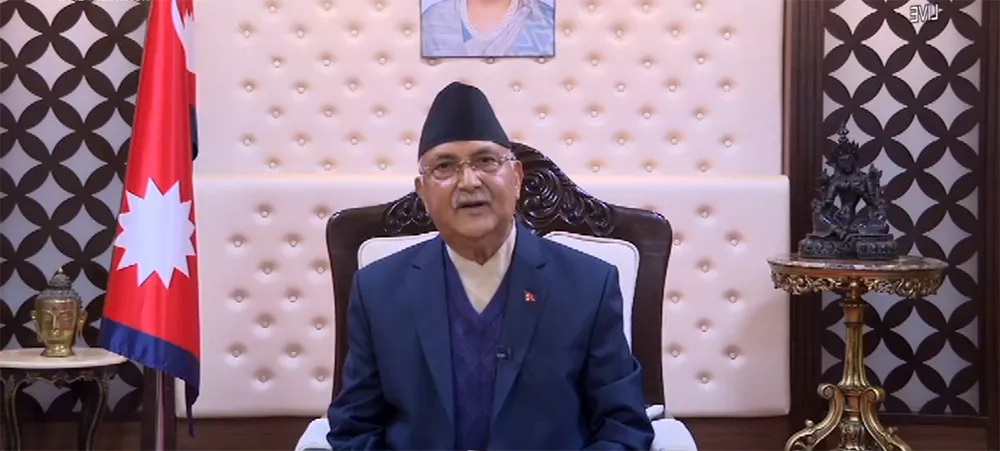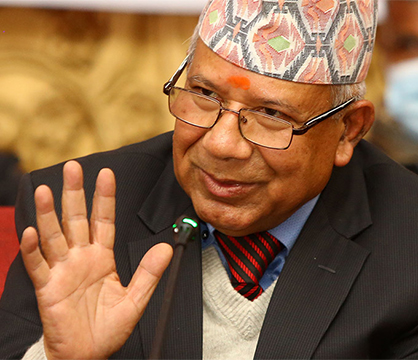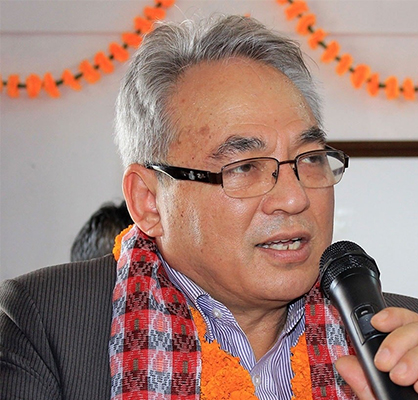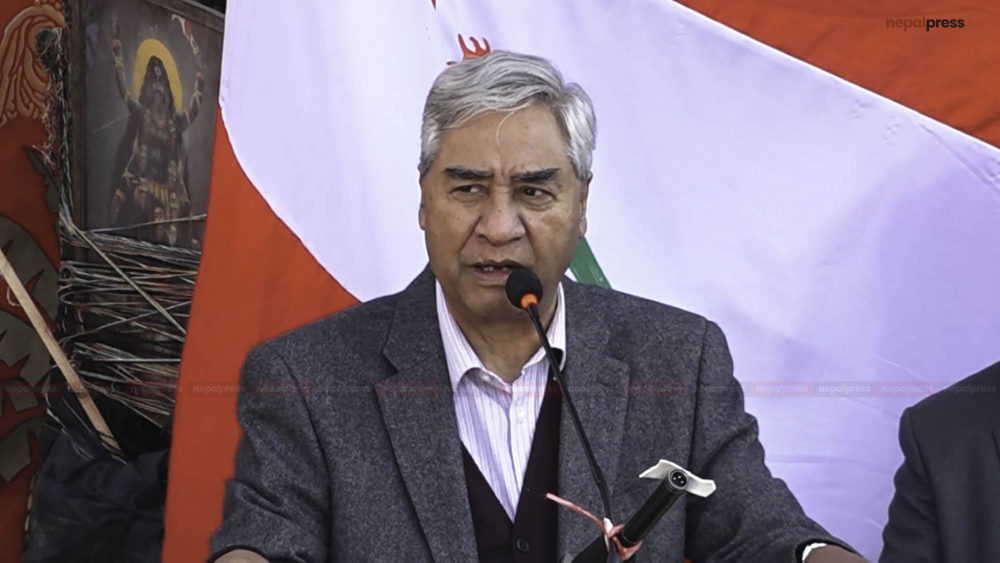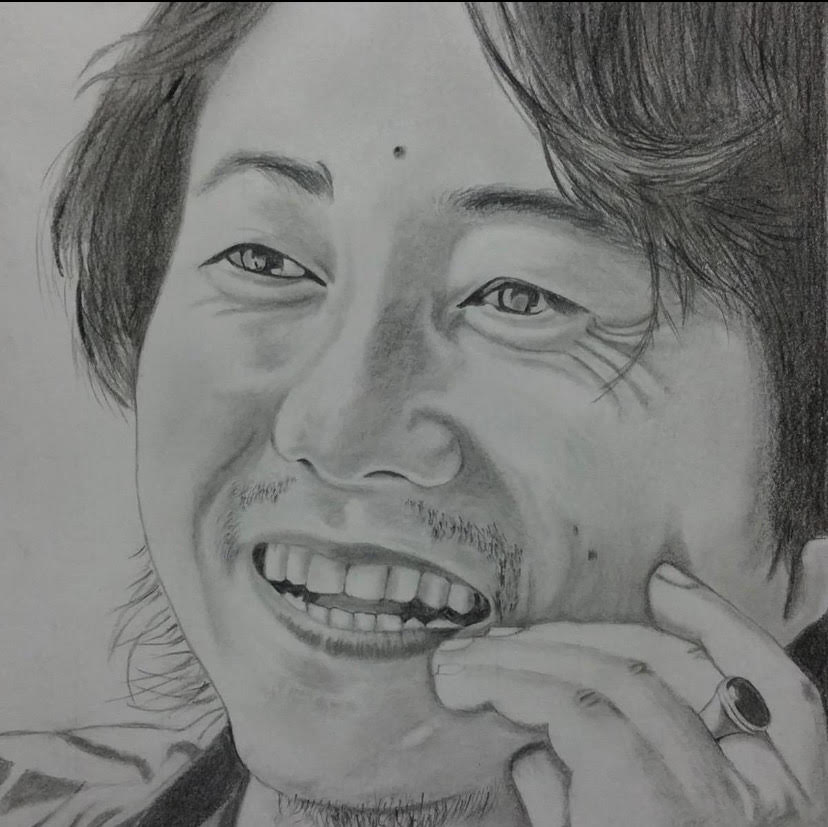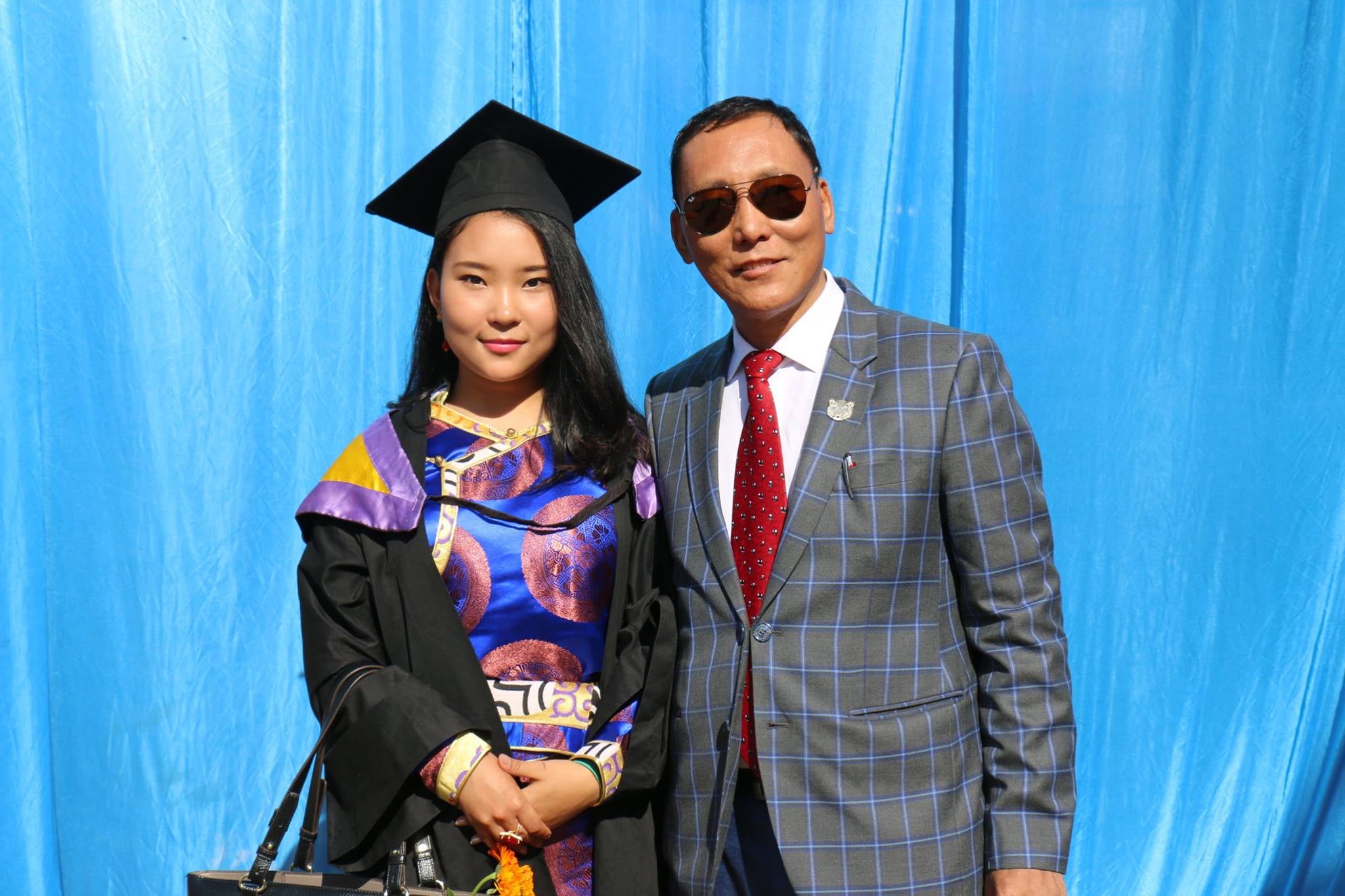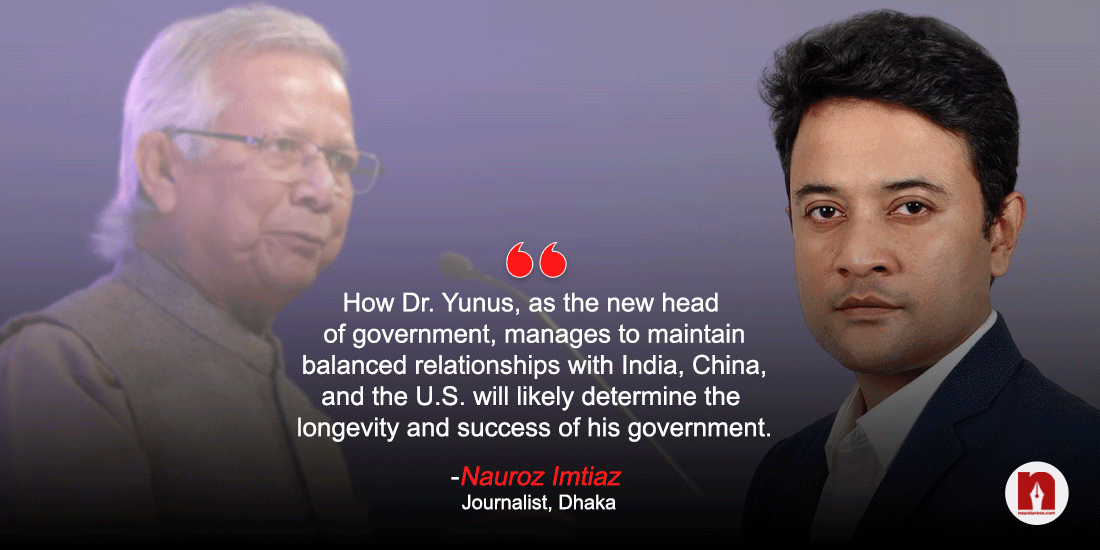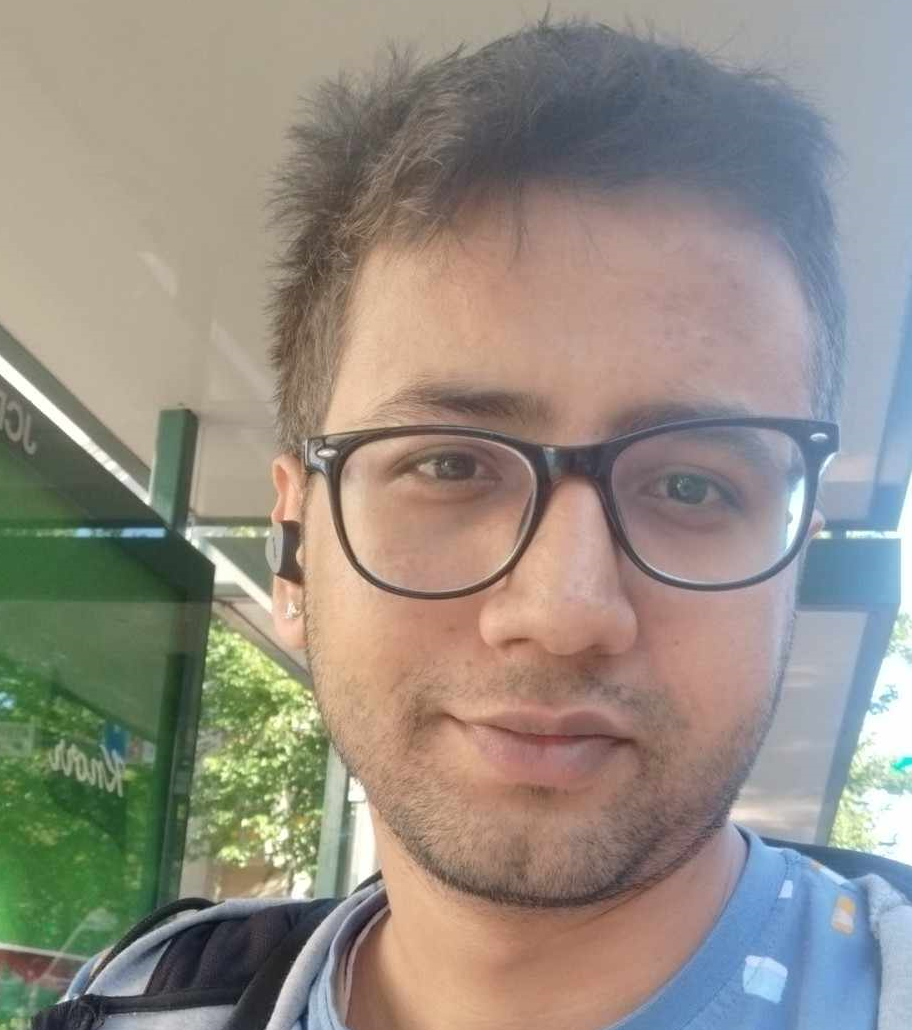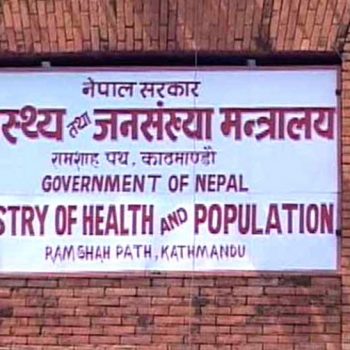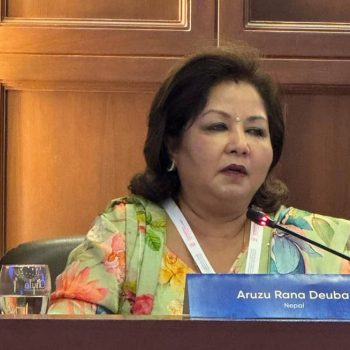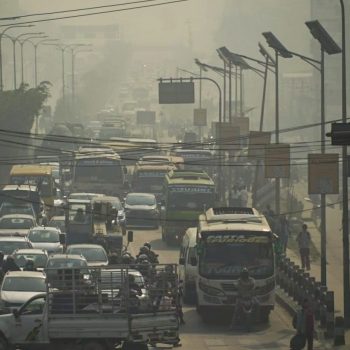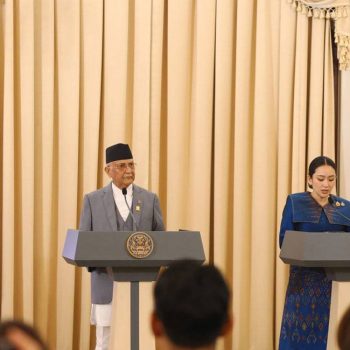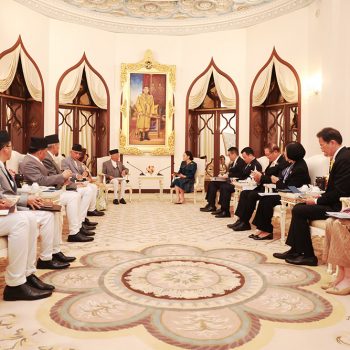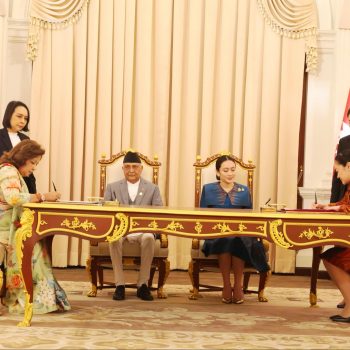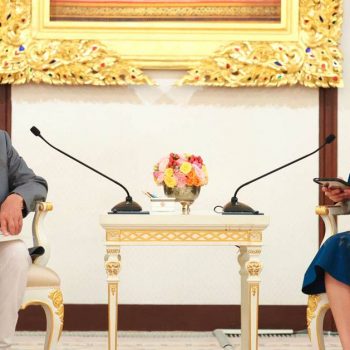Mathematics breakdown in Parliament: Lifeline to Oli, injury to Madhav
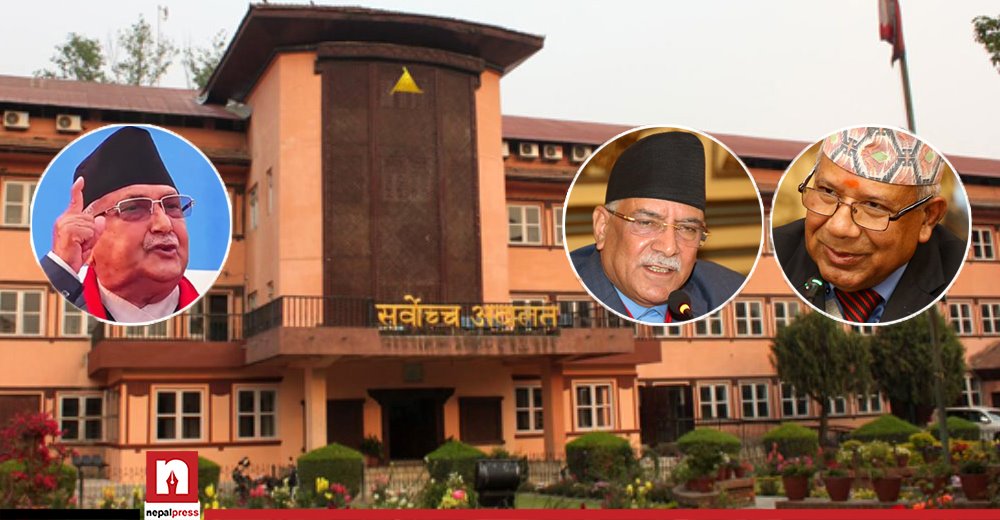
KATHMANDU: Yesterday’s Supreme Court ruling has created another major political upheaval. With the resurgence of the former UML and the Maoist center, the mathematics in the parliament has become fragmented and some constitutional questions have arisen.
The essence of the Supreme Court’s decision is to end the legitimacy of the ruling Communist Party of Nepal. The court has concluded that Rishi Kattel has already registered a party named CPN (Maoist) with the Election Commission and no other party can be formed under the same name. This finding invalidates the decision of the Election Commission to register the CPN.
With the end of the legal status of the ruling party, in a way, there is now an obligation to return to the ways of before 2075 BS.
On that day, the then CPN-UML and the Maoist Center formally united to form the Communist Party of Nepal. The party had two presidents KP Sharma Oli and Pushpa Kamal Dahal and Bishnu Poudel as its general secretary.
In the changed context, Oli has returned to the post of UML Chairman while Prachanda has become the Chairman of the Maoist center. Oli is the leader of the UML parliamentary party and Prachanda is the leader of the Maoist parliamentary party.
After the split of the CPN, Madhav Nepal became the senior leader of the CPN-UML. Bishnu Poudel, who was the General Secretary of the CPN, lost his post. He will now only be the UML Deputy Secretary General. Ishwor Pokharel will return under the responsibility of UML General Secretary.
The ongoing dispute over the official status of the CPN in the Election Commission has also ended with the decision of the Supreme Court. With the decision, the ‘Surya’ symbol will now be with the Oli-led UML, while the Prachanda-led UCPN (M) will have the hammer and sickle election symbol inside the circle.
Lifeline to Oli
From a party point of view, the Prime Minister and UML Chairman KP Oli are the most favoured by the decision. The government under his leadership was in a serious crisis. No matter what he said, it was certain that the government would collapse as soon as the divided faction of the CPN brought a no-confidence motion with Congress.
However, in the changed context, many constitutional and technical complexities have arisen to shape the government. Although the Oli government is not completely in the ‘safe zone’, Oli has received a ‘lifeline’ to protect the government.
The biggest threat to KP Oli from the government was the overwhelming majority of the Prachanda-Madhav faction’s central committee. The party was taking even tougher steps to remove Oli not only from the post of chairman and party leader but also as a general member.
With less than 40 per cent in the central committee, Oli had a legal crisis to register another party. Now he has suddenly become a ‘hero from zero’. He has returned as the leader of the largest party in parliament from the threat of non-partisanship. The situation has changed from possible action taken against him by Madhav Nepal to possible action taken against Madhav Nepal by Oli.
Oli had become the Prime Minister before the formal unification of the UML and the Maoists. With the support of the then Maoist centre, he became the Prime Minister with a two-thirds majority. Four months later, the UML and the Maoists merged. With today’s decision, he has again become the Prime Minister of the Maoist-backed UML’.
The Prachanda-Nepal faction had planned to join hands with Congress to bring a no-confidence motion to overthrow the government. But, now this process does not seem easy. The Maoist centre may withdraw its support to the Oli government. The government will be in the minority and Oli will have to show a majority in his favour. The number of the then UML parliament is not enough to give him a majority. For this, Oli will have to form an alliance with either the Maoists, the Congress or the Janata Samajwadi Party or help split the party.
Madhav Nepal in between
This decision has come as a shock to the most senior UML leader Madhav Kumar Nepal. After the formal split of the Communist Party of Nepal, Prachanda’s party had nominated him for the post. However, the Election Commission did not recognize his position.
Now Nepal has to weave its strategy apart from the Prachanda group. His group has the option of returning to the UML, merging with the Maoist centre or starting a new process of unification. All three options are not easy for the Madhav Nepal group.
First of all, if the Maoist centre withdraws its support to the government, the Nepal group will have to decide what to do. All the MPs elected from his group, including Nepal, have now become UML members.
If the prime minister wants a vote of confidence from parliament, he will have to cross the floor to vote against it. There is a legal provision that the parliamentary seat can be suspended if the leader of the UML parliamentary party issues a whip to vote in favour.
Even if Madhav Nepal leaves the post of MP, his MPs may not accept it. Out of 121 UML MPs, KP Oli had 80 before the Supreme Court’s decision. This number now naturally increases after the verdict.
In that case, even the 40 per cent needed to split the party with Madhav Nepal is not enough. This was Oli’s situation in the CPN (Maoist).
After the resurgence of the former UML, the emotional side also may work. It is not emotionally easy for the then UML parliamentarians to decide to vote in opposition to overthrow the UML government. If they vote in favor, only 17 parliaments will be enough to give the UML a majority.
The Prachanda-Madhav faction has the option of starting the process of unification from a new vein. But, now they can’t get the name CPN. It will be equally complicated for the Former UML to leave it and join Prachanda.
Nepal also has a constitutional hurdle to unite the party with Prachanda. For this, he has to split the UML first. To split the UML, Nepal needs 40 percent of the votes from both the parliamentary party and the party’s central committee. Madhav Nepal does not even have that number.
What will Badal do?
Leaders including Ram Bahadur Thapa Badal, Top Bahadur Rayamajhi, Lekhraj Bhatt and Prabhu Sah have turned in favour of Oli are in similar situations like that of Madhav Nepal. After the split in the CPN. They are all ministers in the government. Now they have become a Maoist Minister.
Tomorrow, when a motion of no-confidence or no-confidence motion is filed against the government, they will feel the whip of the Maoists. Or, the Maoists may instruct them to withdraw from the government. In that case, they will have to cross the floor. Crossing the floor could also trap their parliamentary seats.
However, compared to the number of UML MPs who have met Prachanda, only a small number of UCPN-M MPs have joined Oli. Even when Badal joined Oli, most of his leaders are with Prachanda.
Therefore, it is easier for Oli to manage the former Maoist leaders who have come to him. By vacating some of his party’s seats, he can reinstate Badal and other leaders in parliament. However, the question of whether a leader like Badal would want to be ‘UML leader’ is equally complex.
As Badal himself is a member of the National Assembly who won from the Sun symbol, it is not clear where his legitimacy lies. What will happen to the members of the National Assembly of the CPNwho have won from the Sun symbol or where the sun is? This is a complex question. If the Sun symbol is in UML, then Narayankaji Shrestha will also be in it.
Congress in dilemma
Opposition party Congress is in a dilemma due to the Supreme Court decision. Even though they are enjoying the recent turmoil within the CPN, it is not easy for them to make the current strategy.
Congress had already raised one foot to lead the new government by bringing a no-confidence motion against the Oli government. However, leaders have been saying that they will not rush into the government until the CPN dispute is resolved. Now that the CPN has decided, Congress will also have to go for a new strategy.
In the days to come, Congress will support the CPN-UML or CPN-Maoist makes a huge difference. Even if Prachanda brings a no-confidence motion, if Congress supports Oli, the Oli government will automatically be saved. However, voting in favour of the no-confidence motion could put the government in crisis.
Even if Congress is in the mood to bring a no-confidence motion, it will reconsider it in the face of change. Because with the support of the Prachanda-Nepal group, Deuba’s path to becoming the Prime Minister was easy. However, now the Congress cannot form a government with the support of the then Maoists alone.
If Madhav Nepal’s side does not cross the floor, Deuba’s dream of becoming the Prime Minister for the fifth time will come to an end. And, there is no benefit to Congress by toppling the government to make Prachanda the Prime Minister. Allegations of useless instability would be made. Even so, influential leaders within the party are raising the voice that Congress should stay in the opposition for two years.


